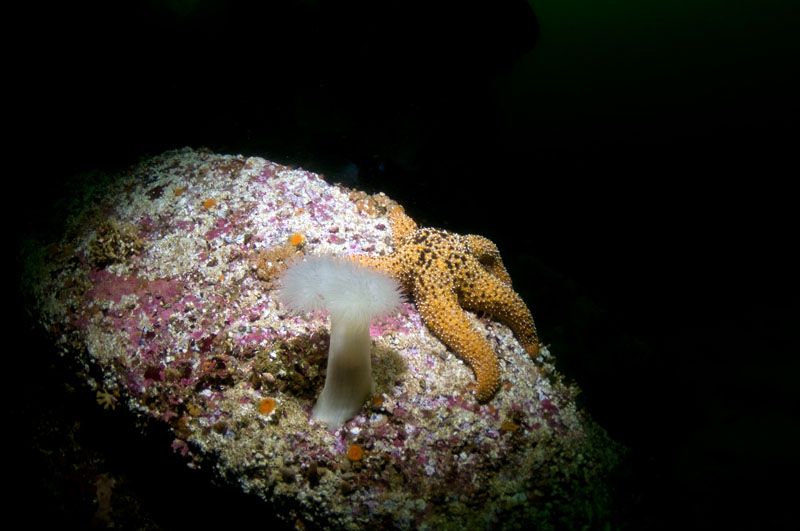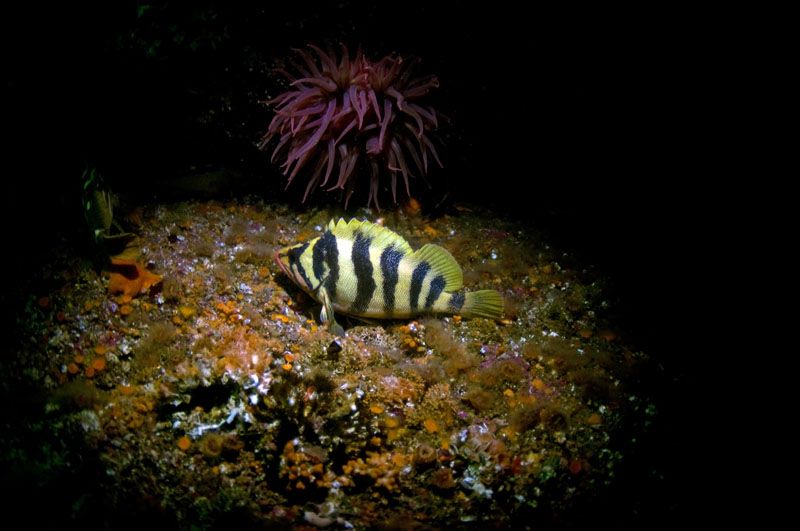I have heard of using video lighting instead of a strobes when taking still photographs and was wondering if this is a good method for lighting underwater shots. What are the possible positives and negatives? Thank you.
You are using an out of date browser. It may not display this or other websites correctly.
You should upgrade or use an alternative browser.
You should upgrade or use an alternative browser.
Using video lights for stills
- Thread starter Ab
- Start date
Please register or login
Welcome to ScubaBoard, the world's largest scuba diving community. Registration is not required to read the forums, but we encourage you to join. Joining has its benefits and enables you to participate in the discussions.
Benefits of registering include
- Ability to post and comment on topics and discussions.
- A Free photo gallery to share your dive photos with the world.
- You can make this box go away
atitawhile
Registered
The first thing you need with a digital camera is a light to focus with. It makes a world of difference. So buy as much focus/video light as you can afford and us it as a multi function tool. The powerful lights that are now available like the I-torch models are a great spot to start your underwater lighting needs. They do a great job of lighting and allowing your camera to focus well and quickly. They arguably easier to use than a strobe and allow you to get great video clips to. The strobe will add capability but the Video/Focus light will give good results and should come first if you do not get both at the same time. Get a good tray and ball system to start so you can easily build your system over the years.
Ab - since you asked, I personally don't think it is a good method. I've done it, it can work occassionally, but not enough imho. You are effectively losing the "freeze all motion" capability of the strobe. - Scott
kenns
Contributor
I have used a combination (partly because one of my two strobes quit working while underwater). I have the iTorch 4 positioned to not cause backscatter. It gives my camera a light to focus with, and the strobe then freezes the action.
bvanant
Contributor
The concept has been beaten to death here and in other forums. Yes you can do it and occasionally as Scotty says, it can work fine. But the quantity of the light is not enough to do creative things like get dark backgrounds and large DOF at high shutter speeds and small apertures since you have maybe two or three powers on the light. White balancing is also tricky. There have been great strides made in topside photography using LED lighting but these lights have continuously variable power and you can change the color temperature as well. If I ever get unlazy, I will post an article on the good and bad of this approach.
Bill
Bill
I wouldn't use fixed lights exclusively, but you can get some very interesting effects with them. They provide a softer light and may improve modeling compared to strobes. If you want to see what can be done with fixed lighting (though it's really, really strong fixed lighting) look at the work of Shawn Heinrichs. He spoke at length last week at the Monterey shoot-out on the subject of artistic underwater photography and professed a hate for strobes. He says they flatten the subject and take away soft detail. Here are a couple of shots I took accidentally, using my Sola 600 and a 10-17 with a 1.4 Kenko 300 teleconverter. My pictures started out black, so I kept opening up the shutter until I was at f/5.6@1/30 sec., at which point I thought I was vignetting due to the wrong extension on my mini-dome. It turned out that I had forgotten to plug the hot shoe wire inside the housing and I was shooting with my focus light. Here are the pictures. They look like they were shot under a spotlight. The vis was total crap, but with the wide, soft focus light mounted well above the dome, I had no backscatter to speak of and a lovely black background. Here are a few examples.






bvanant
Contributor
Larry: Great shots, particularly the anemone. I think you make my point perfectly, for some things it works well, for others not so much. At 1/30 sec even nudibranchs might be motion blurred (though the rockfish looks almost sharp). I think most of us have done the experiment that you did at least once or twice. Did you color correct after shooting or did you get the anemone color white balance in camera.
Cheers
Bill
Cheers
Bill
White balance was good, but even at 1/30 f/5.6 I had to brighten and increase contrast some. A stronger video light would probably help. There was almost no ambient light, as the layer was about 65 feet. Similar results might be attained with a single strobe without diffuser set on minimum and a step or two up on shutter and f-stop, I suspect. I intend to try both ways in the future, as I like the resulting wide angle "spotlight" effect. Poor man's snoot?
---------- Post added August 20th, 2013 at 10:00 AM ----------
PS I also used a .2 pixel unsharp mask and a .5 pixel motion blur correction on PSE.
---------- Post added August 20th, 2013 at 10:00 AM ----------
PS I also used a .2 pixel unsharp mask and a .5 pixel motion blur correction on PSE.
Similar threads
- Replies
- 13
- Views
- 631
- Replies
- 13
- Views
- 522
- Sticky
- Article
- Replies
- 5
- Views
- 1,130




